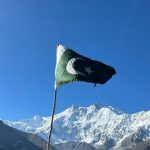Travel during the Cold War was not for the faint of heart. For those brave, curious, or politically aligned enough to cross into the communist world, it was a trip filled with red tape, strict regulations, and often, a hefty dose of propaganda. Despite the challenges, people did visit the Soviet Union, Eastern Bloc, and other communist states in the 1980s.
Whether it was through official state-run agencies, limited visa permissions, or special travel programs, each country had its own unique procedures for allowing foreigners behind the Iron Curtain. Here’s a breakdown of how you could travel to these communist and Eastern Bloc countries during the Cold War, from the heart of the Soviet Union to far-flung Albania and even North Korea.
Table of Contents
Visiting the Soviet Union: Intourist and the Closed World of the USSR
To visit the Soviet Union, you’d most likely deal with Intourist, the USSR’s state-controlled travel agency. Intourist was founded in 1929 and held a tight grip on all foreign travel within the USSR. They organized official tours that heavily restricted where you could go, who you could meet, and what you could see. Western visitors would typically be taken on carefully curated trips to showcase the Soviet way of life in its most favorable light, with little opportunity to explore independently. The experience was often one of “guided spontaneity”—you were always under surveillance.
Foreign visitors were required to use Soviet rubles, but these weren’t your average rubles. Special “foreigner-only” rubles were issued, and they could only be spent at certain places—like the infamous Beryozka stores, which were exclusively for foreigners and Soviet elites with access to hard currency (like diplomats). Regular rubles weren’t much use to travelers, as many goods were unavailable to the general population, let alone visitors.
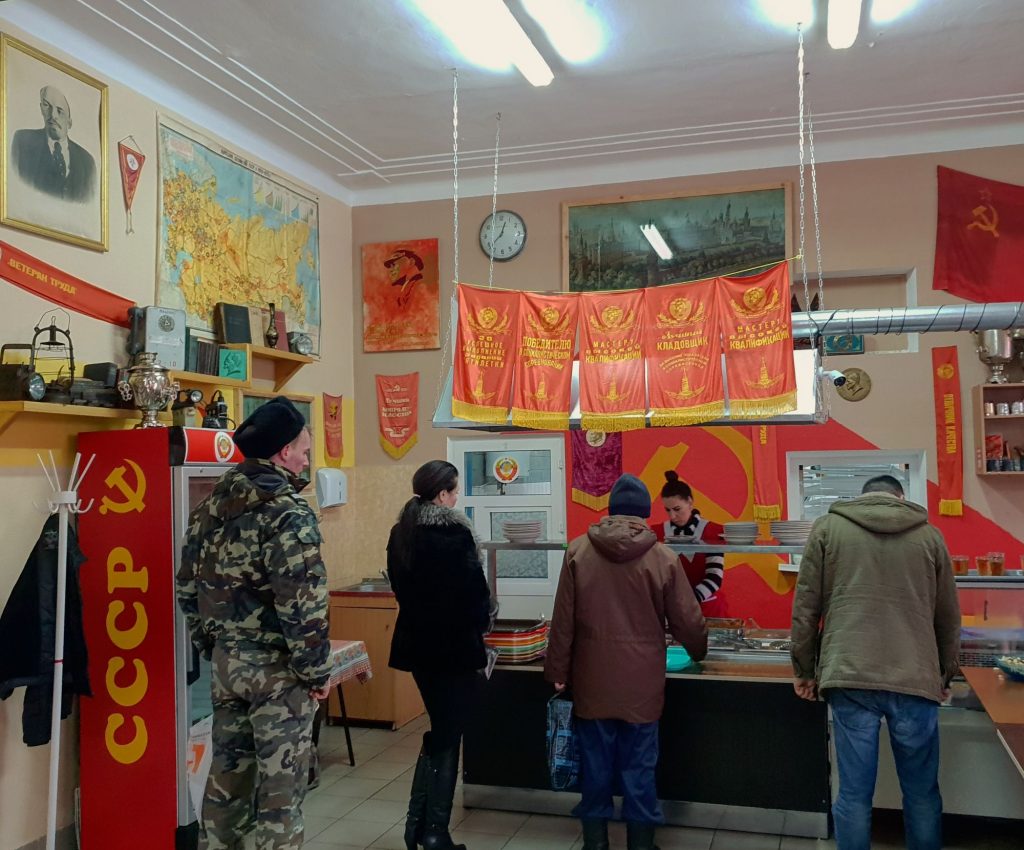
In terms of freedom, it was severely limited. You needed approval to travel outside major cities like Moscow, Leningrad (now St. Petersburg), or Kyiv. And even within these cities, your movements were closely monitored by guides or plain-clothes KGB agents.
To read about Intourist (who still exist) click here.
Yugoslavia: A Slightly Freer Experience
Unlike most of the Eastern Bloc, Yugoslavia, under the leadership of Josip Broz Tito, had a much more open policy toward foreigners, particularly from the West. While the country was still a socialist state, it maintained a non-aligned status, distancing itself from both the Soviet Union and the West. This meant that travel to Yugoslavia was far less restrictive compared to places like East Germany or the Soviet Union.
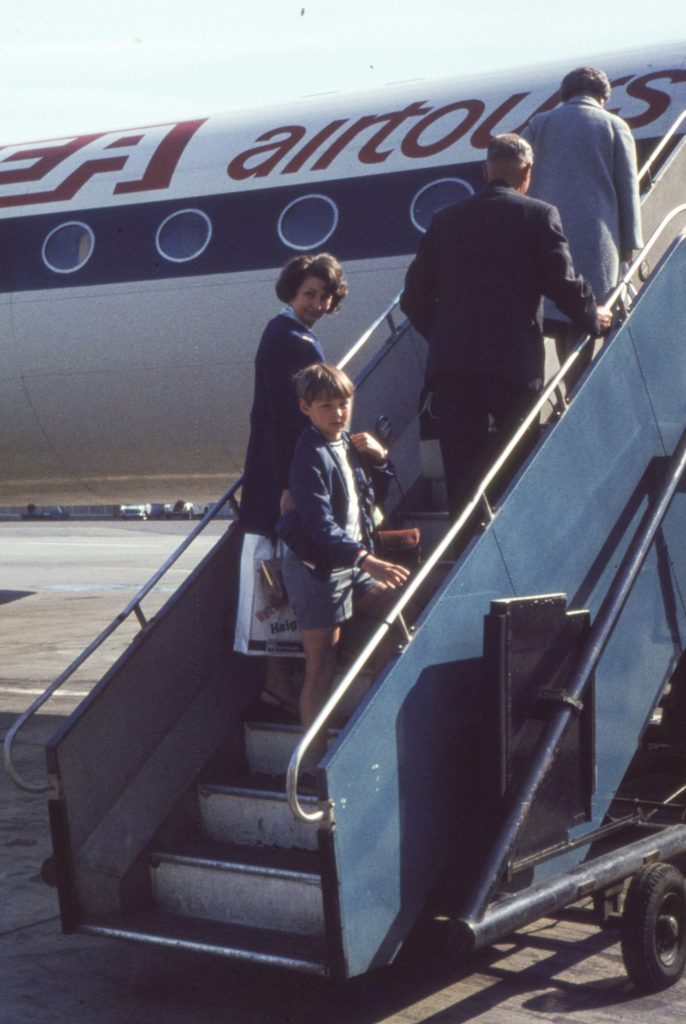
Visitors to Yugoslavia could move relatively freely, and the country even developed a bustling tourist industry, particularly along its Adriatic coast. No special currency was required for foreigners, though some high-end shops accepted foreign money like U.S. dollars or Deutsche Marks. Yugoslavia’s open borders and relative freedom made it a unique destination in the communist world, and many Westerners visited without the level of scrutiny they’d face in other socialist countries.
To read about Tito click here.
Albania: The Hermit Kingdom of Europe
Albania under Enver Hoxha was a different beast entirely. This tiny Balkan country was so paranoid about external influence that it became Europe’s most isolated state. Albania severed ties with both the Soviet Union and China in the 1960s and 1970s, leaving it completely alone.
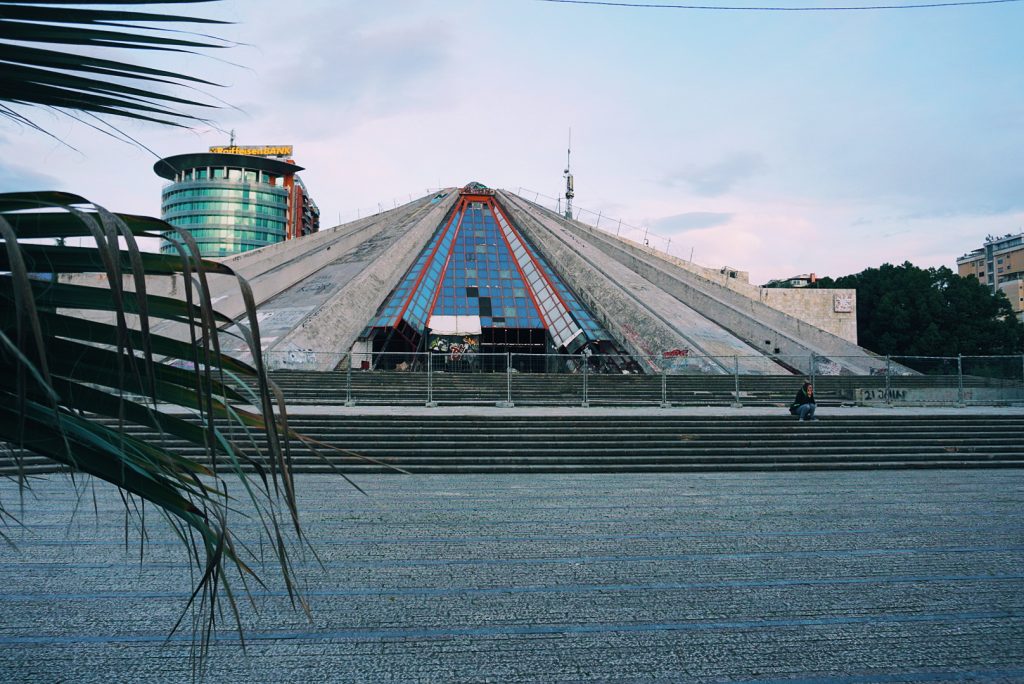
Visiting Albania was nearly impossible for most Western travelers. The country didn’t actively promote tourism, and those who did visit were subjected to extreme surveillance. Much like the USSR, any travel outside of officially sanctioned areas was prohibited. Visitors used Albanian lek, but there were very few places where you could spend foreign currency, and Albania’s economy was so closed that there wasn’t much to buy anyway.
Click to read about the Tirana Pyramid.
East Germany: The Berlin Wall and Beyond
If you wanted to visit East Germany, the easiest way was to cross through West Berlin, entering via Checkpoint Charlie or one of the other famous crossings along the Berlin Wall. Tourism was fairly controlled, much like in the USSR, but because East Germany shared a border with the West, it saw more visitors. This increased flow of travelers meant East Germany developed its own foreign currency stores, known as Intershops, where tourists and elites could buy luxury goods using Deutsche Marks or other Western currency.
East Germany required visitors to exchange a minimum amount of hard currency into East German marks, but this money was mostly useless. The country’s economy was in such bad shape that shops were sparsely stocked, and locals often couldn’t access basic goods, like in much of the Eastern Bloc.
Freedom of movement was restricted, though you could take a train from East Berlin to cities like Leipzig or Dresden. But as with the USSR, you’d be watched the entire time.
To see our tours to the DDR click here.
Romania: Nicolae Ceaușescu’s Cult of Personality
Romania under Nicolae Ceaușescu was another Eastern Bloc country that accepted visitors, but only under strict conditions. Much like in East Germany and the USSR, you’d have to go through an official travel agency, and all trips were carefully controlled to ensure you only saw what the regime wanted you to see. You could exchange Western currency for Romanian leu, but Romania was struggling economically, so spending money in local shops was a challenge.
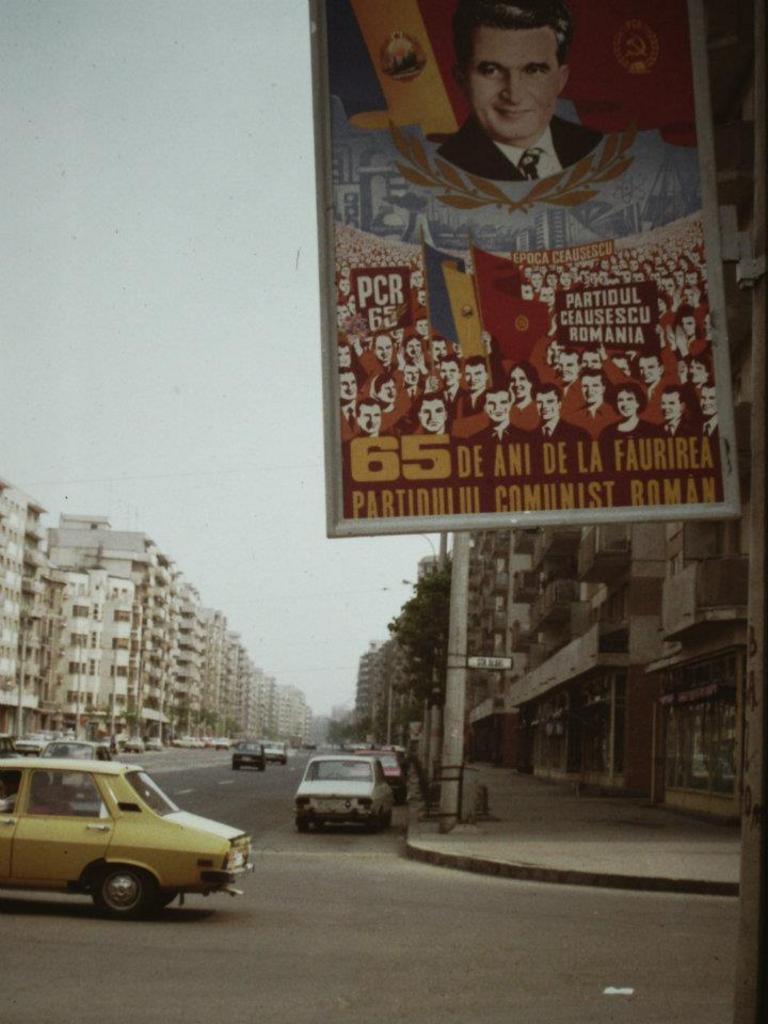
Ceaușescu’s Romania was known for its personality cult, even by Eastern Bloc standards. Therefore, many tours focused on showcasing the supposed achievements of the regime, from massive construction projects to cultural events. While there was a small degree of freedom, particularly in tourist-friendly areas like the Carpathian Mountains, you were never fully out of the state’s sight.
To read about foreign currency stores click here.
Bulgaria: A Soviet Satellite with Beaches
Bulgaria was a fairly straightforward member of the Eastern Bloc, with travel policies similar to those of the USSR. Visitors had to go through a state-run travel agency, and movement was restricted. However, Bulgaria was known for its Black Sea resorts, and the government allowed more freedom to foreigners visiting these areas as they sought to build a tourist industry. Special foreigner-only currency was used here, similar to the USSR.
You could visit cities like Sofia or Plovdiv, but again, with tight controls on where you could go. Bulgaria was a favorite among Eastern Europeans for its beaches, but Western visitors were still somewhat rare due to the bureaucratic hassle of getting in.
Hungary: A Taste of Goulash Communism
Hungary offered a somewhat more relaxed version of communism in the Eastern Bloc, often called “Goulash Communism” due to its relatively liberal economic policies. Visiting Hungary was easier compared to many other Eastern Bloc countries. While you still needed to go through a travel agency and follow the rules, visitors were afforded more freedom, particularly in Budapest. The Hungarian forint was used, and like Yugoslavia, Hungary accepted some foreign currencies in higher-end shops.
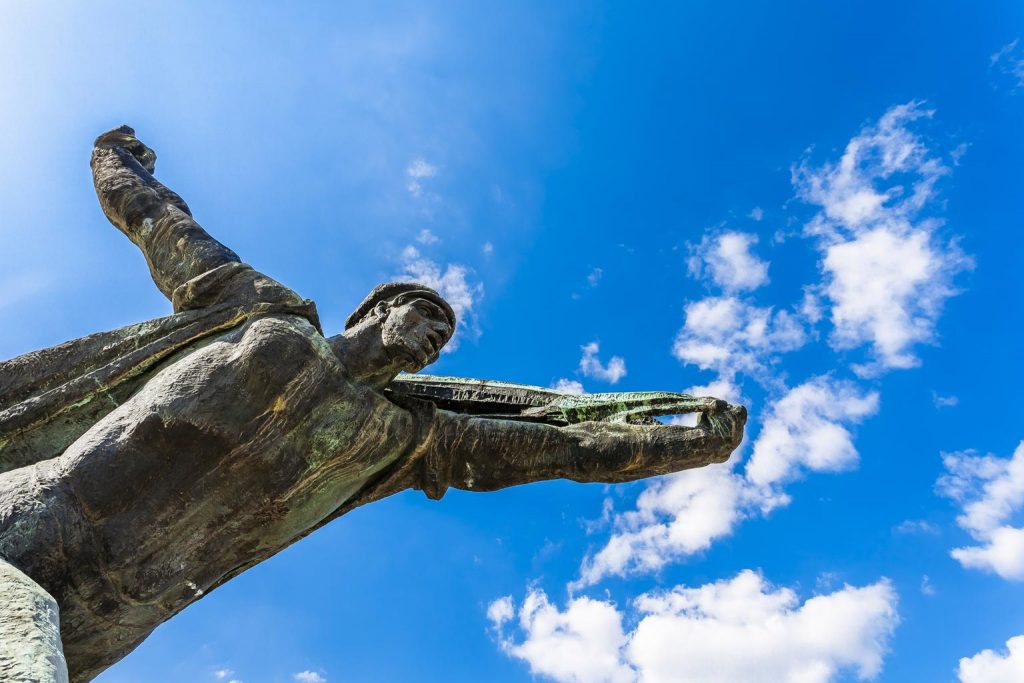
Hungary’s relative economic openness meant there was more to do and buy compared to other Eastern Bloc nations, though you were still under surveillance.
Poland: A Nation in Crisis
Poland in the 1980s was in a state of turmoil, with the rise of the Solidarity movement and constant economic strife. Despite this, Poland was open to foreign visitors, though like its neighbors, the state tightly controlled where you could go. You’d typically go through Orbis, Poland’s official travel agency, to book tours and hotels. Poland had foreign currency stores called Pewex, where you could use U.S. dollars or Deutsche Marks to buy goods unavailable to the average Pole.
While Poland’s government was falling apart, they were still careful about where foreigners could travel, and as with all Eastern Bloc countries, visitors were under constant surveillance.
To read about Solidarity click here.
China in the 1980s: Opening Up Slowly
China in the 1980s was undergoing massive changes. After Mao Zedong’s death in 1976, Deng Xiaoping began opening China to the outside world, albeit slowly. Visitors in the early 1980s had to go through the state-run China International Travel Service (CITS), but by the mid-1980s, the country was gradually relaxing restrictions, allowing more independent travel.
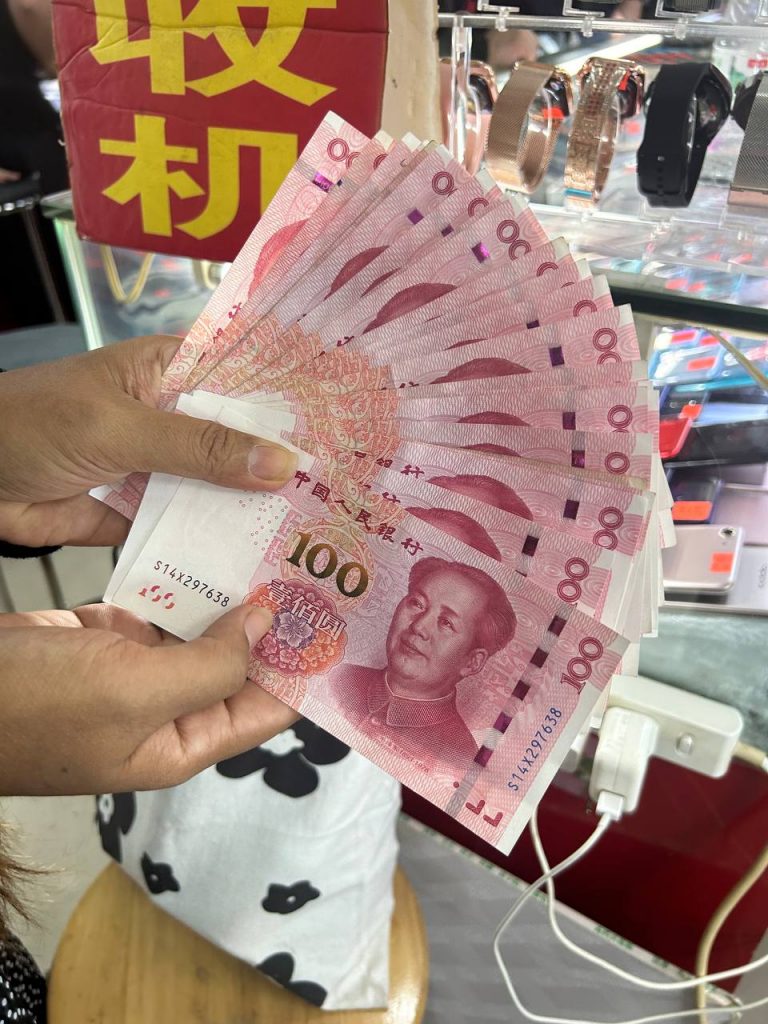
Foreign visitors needed to use Foreign Exchange Certificates (FECs), which were a special currency only for tourists. Chinese citizens were not allowed to possess these. You’d exchange your hard currency into FECs and use them in Friendship Stores, where foreigners could buy luxury goods, often unavailable to locals.
China’s tourism industry was still developing, so while you could visit major cities like Beijing or Shanghai, travel outside of these areas was restricted.
To read about a modern Maoist Utopia click here.
North Korea:
Even in the 1980s, visiting North Korea was an extreme challenge. Much like today, all tours were organized by the state, and independent travel was non-existent. Visitors would be accompanied by government minders at all times, with absolutely no freedom to explore.
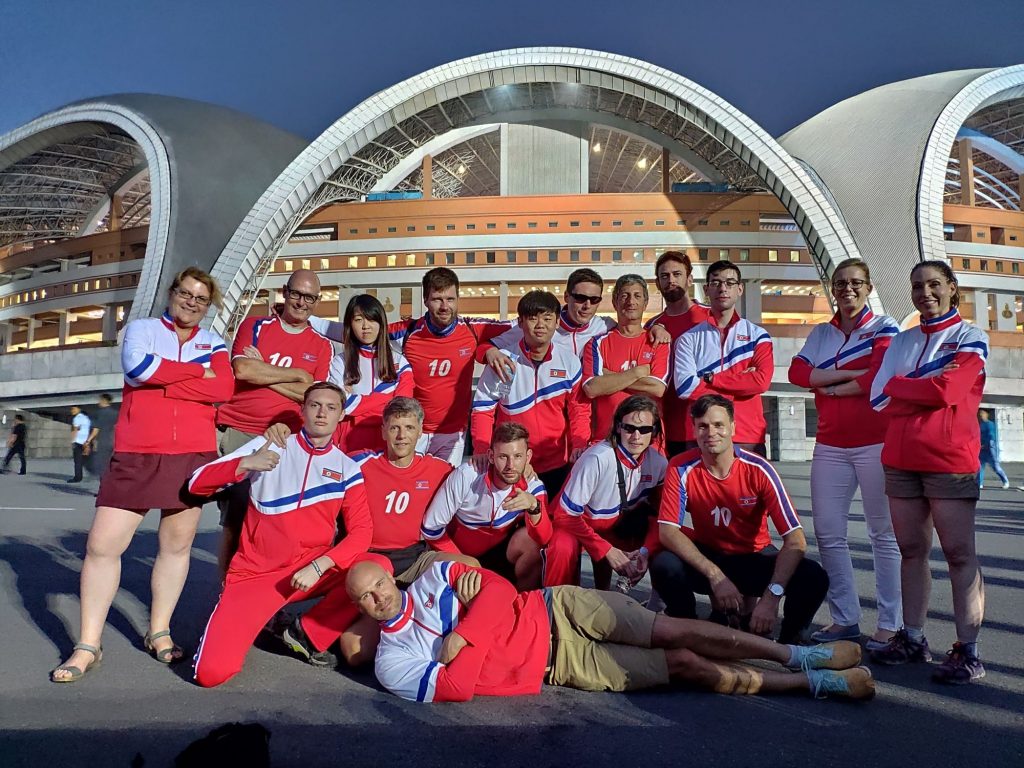
Foreigners had to use a special currency, often paid in advance, and as you might expect, the local shops and restaurants were off-limits. You were there to see the best of North Korean socialism, carefully curated by the regime. Only a select few Westerners—often communists or left-wing activists—were allowed in, and those that did enter the country faced severe restrictions.
To read about North Korean money click here.
Vietnam, Laos, and Cambodia: Rebuilding After War
In the 1980s, Vietnam, Laos, and Cambodia were all dealing with the aftereffects of war and internal strife. Vietnam, in particular, was a closed society, and travel there was difficult. Like China, they issued a special tourist currency for foreigners and kept them separated from locals through organized tours.

Laos and Cambodia were also tightly controlled, with travel only permitted through state agencies. Cambodia, still reeling from the Khmer Rouge era, was particularly closed off, though the Vietnamese presence helped stabilize the country somewhat.
Click the link to read about Democratic Kampuchea.
The Final Word: Travelling Behind the Iron Curtain
Visiting communist countries during the Cold War was an experience unlike any other. Whether it was the heavy surveillance, the special foreigner currency, or the restricted freedom of movement, traveling to these countries was more about seeing what the state wanted you to see than actually exploring independently. Yet for those who made the journey, it was a rare opportunity to witness firsthand the effects of socialism and communism on daily life.
You can check our Soviet Tours here, and taste of what it must have been like to visit the Soviet Union.



